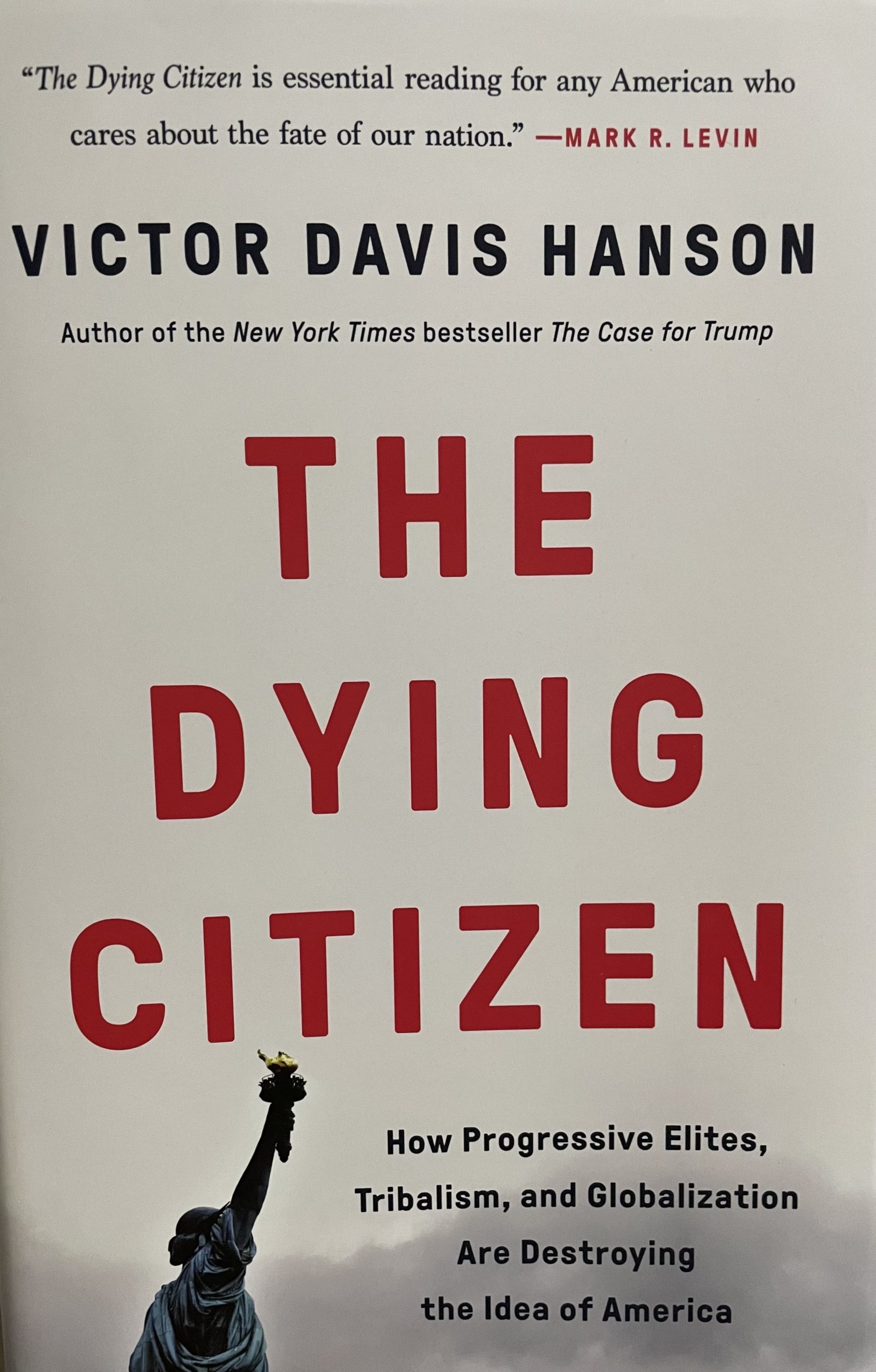On October 11, 1809, celebrated explorer Meriwether Lewis—of Lewis and Clarke fame—was found shot to death on the floor of an old tavern at the edge of Indian country in Tennessee. Witnesses and friends traveling with the explorer maintained that Lewis shot himself in the head and chest after a long bought of mental illness and depression. However, some of Lewis’ family members argued that he was murdered in cold blood. Two-hundred years later his descendents are still dead-set on solving the mystery, even if it means digging up and studying the body of the famed explorer.
One hundred and ninety-eight of Lewis’ living relatives have signed a petition asking permission from the federal government to exhume and study the frontiersman’s body. Lewis is buried beneath a public monument honoring him at Meriwether Lewis State Park in Tennessee, and his gravesite is controlled by the National Park Service (NPS).
The Lewis family says that it wants the body exhumed in order to determine whether the gun shot wounds can conclusively prove whether Lewis was killed or committed suicide, but it claims that the NPS has been blocking their investigation at every turn.
“It has been frustrating to me that the National Park Service repeatedly refuse to permit an exhumation of Lewis’ remains, despite the availability of modern, reliable means of determining the cause of death,” wrote William M. Anderson in a letter to Secretary of the Interior Ken Salazar on May 2nd of this year. At 92 years old, Anderson is the oldest and closest known living relative of Lewis.
In 1997 the NPS rejected a previous petition to exhume Lewis’ body, saying that the law prevented them from removing archeological remains. According to the NPS website, one of the reasons the petition was rejected was because during an evidentiary hearing “witnesses who appeared at the inquest presented a one-sided view of Lewis’ death. Few witnesses appeared who believed Lewis committed suicide or who could argue strongly that physical remains of Lewis surviving after two hundred years would do little to prove either the suicide or murder theories.”
The family members currently petitioning the NPS maintain that they are objective and just want to find out the truth about what happened to Lewis. “We just want history to be history and not fiction,” said Howell Lewis Bowen, Lewis’ great-great-great-great-nephew, at a press conference called by the family on July 8th.
However, it is clear that some of Lewis’ relatives are eager to try to disprove the suicide theory. “Our family, as you would imagine, is very proud of Meriwether Lewis and our association with him…The idea of besmirching his memory by saying he committed suicide is not a very positive image of his personality and accomplishments,” the Times Union quoted Lewis descendent Reverend M. Anderson on July 4th.
The NPS told this correspondent on July 8th that they are not currently opposing the Lewis family’s most recent petition. “We’ve approved the process to move forward with the request…The National Park Service will be assisting [the Lewis family]. We are in contact with them,” said Bill Reynolds, the NSA Southeast regional public affairs officer.
Reynolds said that the group who is lobbying for the exhumation must take certain steps before the process can continue. These tasks include raising private funds to pay for the exhumation as well as putting together a clear timeline for the investigation.
If the petition is approved, a team of scientists led by Dr. Hugh E. Berryman will oversee the forensic investigation, where they will determine whether the angle of the bullet’s entrance into Lewis’ skull was consistent with a murder or a suicide. During a press conference on July 8th, Dr. Berryman said that Lewis’ body could be exhumed in just one day and the investigation could be completed in one week.
Alana Goodman is an intern at the American Journalism Center, a training program run by Accuracy in Media and Accuracy in Academia.











